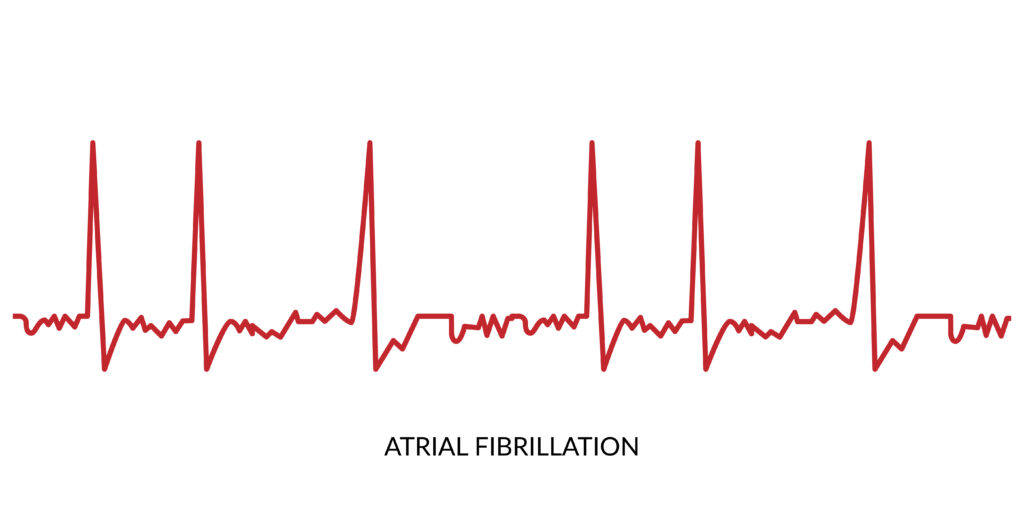Arq. Bras. Cardiol. 2023; 120(10): e20230766
The Role of Atrial Fibrosis for Atrial Fibrillation: Not Always Essential?
This Short Editorial is referred by the Research article "Isolated Left Atrium Morphofunctional Study of an Experimental Pulmonary Hypertension Model in Rats".
The most common cardiac arrhythmia, atrial fibrillation (AF), is estimated to affect ∼2% of the worldwide population and is expected to impact more people as the population ages.– This scenario is not different in Brazil, where ∼2.5% of the population is projected to be affected by AF., The situation is more alarming among pulmonary hypertension patients, in which ∼30% may present AF episodes and ∼70% atrial flutter., Hence, a better understanding of the mechanisms and substrates of AF is constantly needed in order to tailor patients’ treatment better.
In a recent publication of the Arquivos Brasileiros de Cardiologia, Teixeira-Fonseca et al. investigated the effects of the left atrial morphofunctional changes induced by pulmonary hypertension in the arrhythmogenesis in isolated left atria. Monocrotaline-induced pulmonary hypertension led to left atria hypertrophy, tissue fibrosis, and electrophysiological remodeling. Curiously, ex vivo electrical burst pacing of the left atrial tissue did not elicit increased atrial arrhythmias in the tissue from pulmonary hypertension animals. As pointed out by the authors, some factors may have contributed to the absence of arrhythmias ex vivo. Here, I am going to focus on the trigger and substrate relationship in AF and discuss the potential cause for the lack of arrhythmias inducibility.
[…]
413

